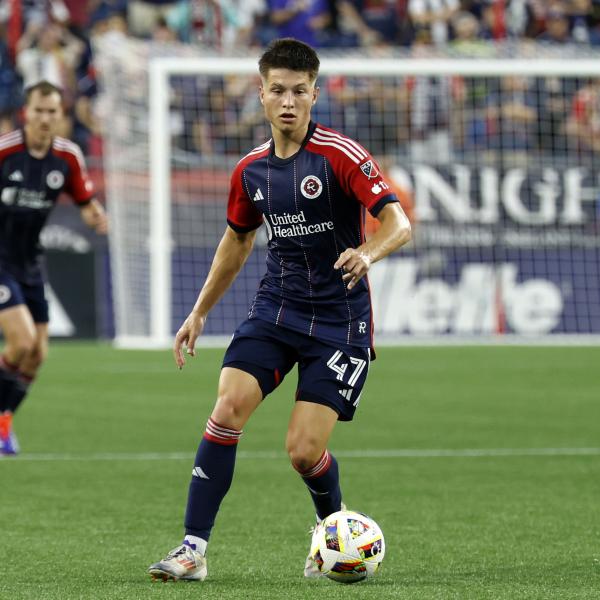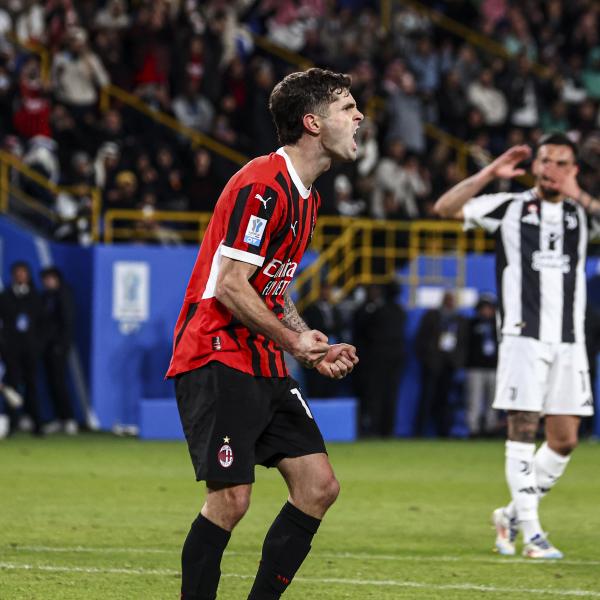It is my belief that one of the major difficulties Americans have with soccer is that they don’t understand how the different leagues and tournaments work.
Generally, Americans understand that the best soccer leagues are in Europe and can grasp the promotion/relegation system the leagues use, where the best teams from a league get promoted to a better league and the worst get relegated to a lesser one.
However, Americans struggle to grasp other differences soccer has with the big four sports in America. I have labored on countless occasions to explain to people that their favorite club soccer team likely plays in approximately three competitions each season, with each having a separate trophy available for the winner.
The confusion grows when trying to explain how the Champions League is comprised of the best four, three, two or one team from each country in Europe, depending upon the strength of that nation’s domestic league, and is played concurrent with each nation’s domestic league season.
By the time the intricacies of the Europa League or the difference between the FA Cup and the English League Cup are brought up, most Americans’ eyes have glossed over and their minds are dreaming of the pageantry and simplicity of the Super Bowl – a game where the best teams in the world, with the best players in the world, from the world’s best league play once to determine who is the best in the world.
Soccer simply doesn’t have a competition that includes all of the best players and teams in the world, like basketball, football, hockey and baseball do.
The sport’s history and popularity has lead to so many strong, massively supported club teams across the world, that concentrating them all into one league comprised of the best players in the world has never happened.
People will attempt to equate the Champions League or the World Cup as a soccer equivalent to the NFL, but both competitions fail to fit the bill.
The UEFA Champions League may pass the eye test; it includes most of the best teams in Europe, which is where the best soccer leagues in the world reside.
But the teams in the Champions League are not the best 32 teams in Europe. Since the winning team from each European nation is guaranteed a place and only up to four teams from any one country can participate, teams like Apoel from Cyprus and PFC Ludogorets Razgrad from Bulgaria (who are comprised of unknown players and are nowhere near the best 32 teams in the continent) make the field, while powerhouses such as Manchester United and AC Milan missed out on the 2015 Champions League.
The World Cup has essentially the same flaw. Instead of being comprised of the best 32 nations in the world, due to regional constraints, teams like Australia, South Korea and Cameroon qualified for the 2014 tournament despite all being ranked outside of the top 50.
This caused teams who were part of the top 32 nations, such as the Czech Republic, Sweden and Wales, to miss out. Of course there is appeal in watching a tournament that features teams from all over the world. But I would rather be watching stars like Gareth Bale, Aaron Ramsey, Petr Cech and Zlatan Ibrahimovic play rather than watching the players of Australia and South Korea.
Sadly, creating a full-length league comprised of all of the best players in the world will almost certainly not happen in our lifetime due to reasons like history, pride, money and logistics.
When you look at all of the soccer competitions happening this off-season such as the Copa America, the Women’s World Cup and the Gold Cup, it becomes faintly possible that a soccer “Super League” could be played during the summer of a non-World Cup year.
That’s why I’m proposing a 32 team, month-long tournament in the same format as the World Cup. There would be a draft where every player in the world was available for selection. This would create a competition filled with all of the best players from the world’s most popular sport and would result in a level of soccer never seen before.
Imagine a team with Suarez, Messi and Neymar up top and — OK, I guess this team already exists, but now imagine a competition where EVERY team has Barcelona’s talent level.
Certainly such an event would have little trouble generating massive revenue through advertising and sponsorships. I might even have more fun watching the draft than most national team friendly matches. Even thinking about who would be drafted after Messi and Ronaldo is exciting. Ibrahimovic? Hazard? Alexis? Neymar?
Funding for the league Would be generated by selling advertising to the usual suspect on the usual platforms.
Plus, each team would be sponsored by a different company. I’m sure the usual suspects like Heineken, Emirates Airlines, Budweiser, Nike, Puma, Adidas and Samsung would want a piece of the action. Companies who do not typically target the soccer audience like Buffalo Wild Wings and Draftkings.com may want to get involved to grow their customer base also.
The tremendous of potential revenue created by the league could be the key to placating the clubs, which would stand as the biggest obstacle to the Super League’s creation.
Big club teams almost universally hate when their players leave to play for their national teams. During the club season, international breaks disrupt teams’ momentum as they have to take a bye week and see their top stars travel hundreds or thousands of miles to play one or two games and see them almost certainly return tired, if not injured.
To make matters worse, clubs do not receive compensation if their star is hurt while on international duty. In the case of the Super League, money would be set aside as an insurance policy on each player so that if they are hurt, their club will receive compensation to lessen the financial blow of having to pay the wages of an injured player.
Additionally, club teams would see some value in letting their stars gain more popularity and exposure over the summer in a prestigious Super League so that when the players return for the club season, the club benefits from their increased popularity.
Convincing the players to accept an invitation to the Super League would be a far easier task. The top players in the world are extremely competitive people and would want to challenge themselves against the other top players. Perhaps more important is the global exposure provided by the league, which would allow the players to grow their brands and increase their endorsement deals significantly.
Finally, with the large amount of money the league could potentially provide, players would almost certainly earn more playing in the Super League than the paltry amount they earn from playing for their national teams.
Soccer purists may cringe at an idea that so drastically changes the structure of the sport, but the simplicity of the league, the incredible quality of play and the comfort of knowing that whichever team wins is undoubtedly the best in the world would drive the league’s popularity, particularly in the United States.
Fans could finally think of soccer in terms they’re used to: one league with all of the best players in the world competing for one trophy. When you consider that the African Cup of Nations, played every two years without much global fanfare, necessitates clubs to lose their top African players for a month DURING the season, an off-season Super League every four years seems much more plausible.
Perhaps if someone had slipped Sepp Blatter and his cronies a few million for this when they were in power, the idea would have already come to life. Top-level club soccer does not even offer us action-addicted Americans an All-Star game, which would provide a comparable experience, if only for one game. Similar to the NBA’s All-Star weekend, they should include both a free-kick and a skills competition during the All-Star weekend while they’re at it. The more I think about it, the more I feel that soccer fans not only should hope for a competition featuring all of the best players in the world, but feel that they deserve it. I know I do.







